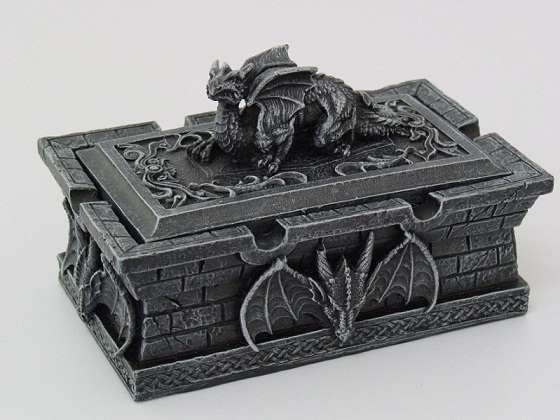


The 360 answers the question of “What” an individual is doing? A style of personality question answers the “Why” they are doing what their doing. In my coaching interventions, I actually prefer to use a style assessment along with the 360 as it allows me to match strengths and weaknesses based on personality tendencies. Together, these two types of assessments can help facilitate a deeper awareness, an understanding of the participant’s strengths that can be leveraged, and blind spots to focus on for further development. Most coaches have their own favorite personality-and-style-based tools as part of their coaching toolkit. Including a personality-and-style-based tool along with a 360-degree feedback assessment is common for many coaches, consultants, and organizations involved in leadership and talent management training or development interventions. In general, skill or competency based 360-degree feedback assessments provide data on how participants are perceived by others, while personality and style assessments provide insights about why people might behave as they do. “I have become intrigued with the combining of seemingly unrelated ideas or images, or the drawing upon the many, sometimes dissimilar, meanings a word might have.” -John Barton


 0 kommentar(er)
0 kommentar(er)
